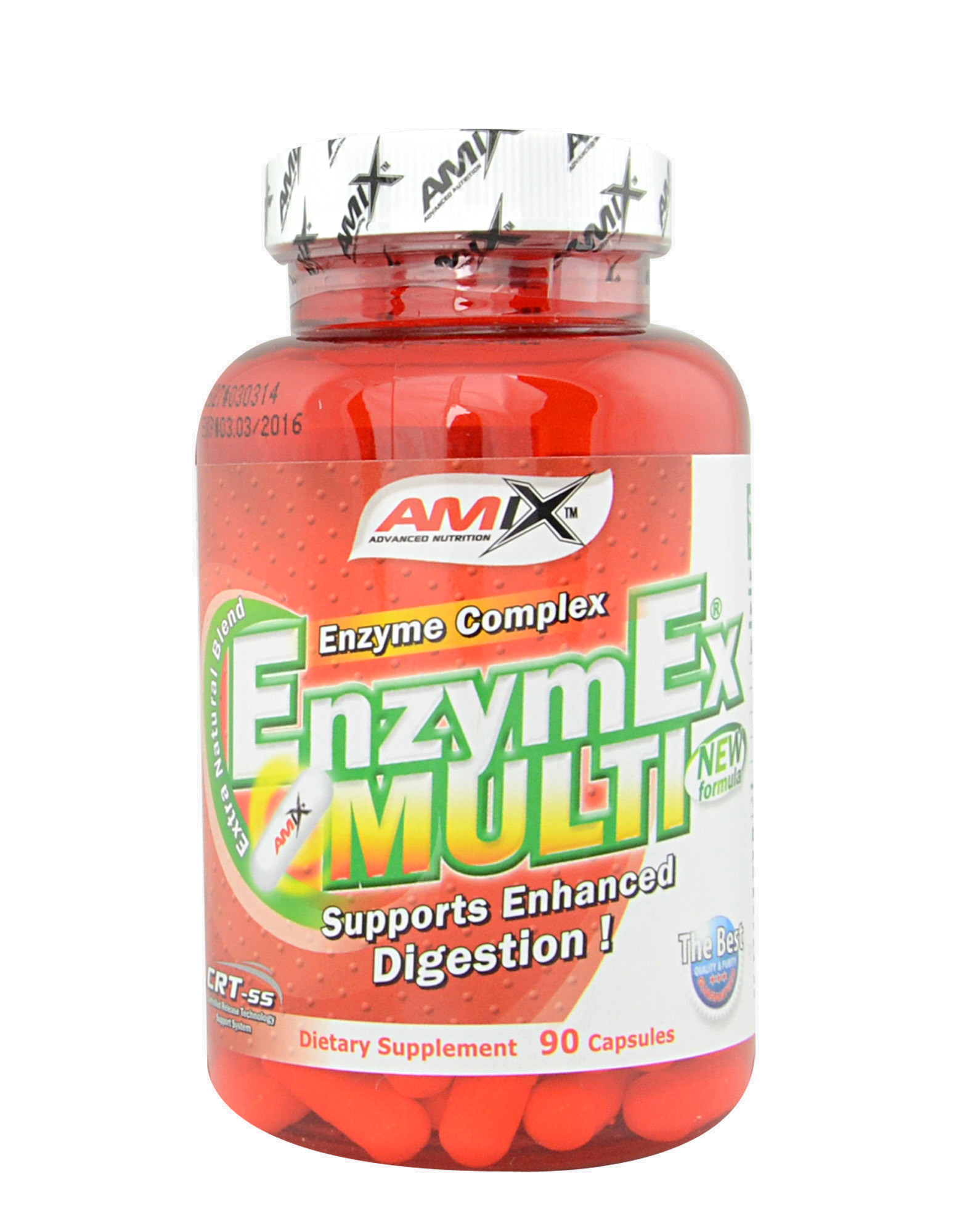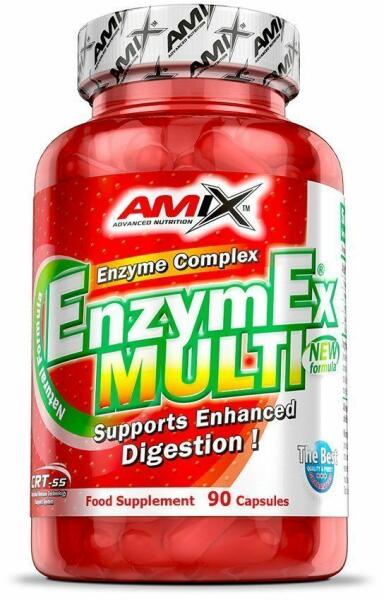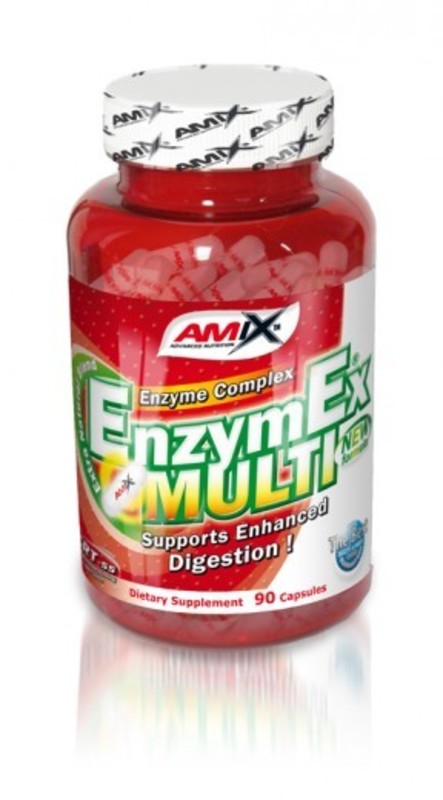

Moreover, intestinal microbiota composition is impacted by NSP in wheat-based diets ( Munyaka et al., 2016 Wang et al., 2021b), which further leads to growth performance reduction ( Crisol-Martínez et al., 2017) and intestinal physiological disfunction ( Raza et al., 2019). The NSP disturbs digestion and absorption by resisting the digestion of endogenous enzymes ( Nguyen et al., 2021), increasing the viscosity of the intestinal contents ( Knudsen, 2014 Munyaka et al., 2016), or blocking the nutrients’ access to endogenous digestive enzymes in poultry ( Choct et al., 2004 Musigwa et al., 2021). The NSP, a kind of complex high molecular weight carbohydrate, can be categorized into water-soluble NSP or insoluble NSP ( Musigwa et al., 2021). However, non-starch polysaccharides (NSPs) present in wheat could reduce feed nutrient digestion and growth performance of broiler ( Kiarie et al., 2014 Romero et al., 2014). Wheat is widely used in poultry diets across Europe, consisting of up to 70% by weight of the diet ( Ball et al., 2013). These results suggested that supplemental multi-enzymes alone and combined with inactivated Lactobacillus could improve the growth performance based on the wheat-based diet and offer additional protective effects on the intestinal barrier function of broilers. Compared with the WD group, the WED or WEPD group further increased cecal propionate content ( P < 0.05) and tended to improve butyrate concentration. Higher acetate and total SCFA concentrations were observed ( P < 0.05) among broilers who received a WD diet. In addition, the Enterococcus abundance was reduced in the WEPD group compared to the WD group (FDR < 0.05). WED and WEPD groups, respectively, improved Bilophila and Eubacterium_hallii_group compared with those in the WD group (FDR < 0.05). The WD also increased Bifidobacterium and some short-chain fatty acid (SCFA)-producing bacteria ( Anaerotruncus, Blautia, and Oscillibacter), and Barnesiella, which were presumed as “harmful microbes”. Compared to the BD group, the WD group decreased the abundance of Oscillospira, norank_f_Erysipelotrichaceae, and Peptococcus, which are related to anti-inflammatory function and BW gain. Improved expression of intestinal barrier genes (claudin-1, ZO-1, and mucin-2) was observed in WEPD compared to the BD or WD group ( P < 0.05).

Broilers in the WED or WEPD group had higher ADG and BW during the grower period ( P < 0.05) and had a lower feed-to-gain ratio (F/G) compared to broilers in the WD group during the grower and overall periods ( P < 0.05). The results showed that the average daily gain (ADG) and body weight (BW) were reduced in broilers fed WD diet compared with those fed BD diet during the grower period ( P < 0.05). Diets consisted of a corn-soybean meal-based diet (BD), a wheat-soybean meal-based diet (WD), and WD supplemented multi-enzymes (WED) or combined with inactivated Lactobacillus (WEPD).


A total of 576 broilers (12 broilers/cage n = 12) were used and divided into four groups and randomly allotted to four experimental diets throughout grower (15–28 days of age) and finisher (29–42 days of age) phases. The effects of multi-enzymes mixture supplementation or combination with inactivated Lactobacillus on growth performance, intestinal barrier, and cecal microbiota were investigated in broilers at the age of 15–42 days fed a wheat-based diet.


 0 kommentar(er)
0 kommentar(er)
